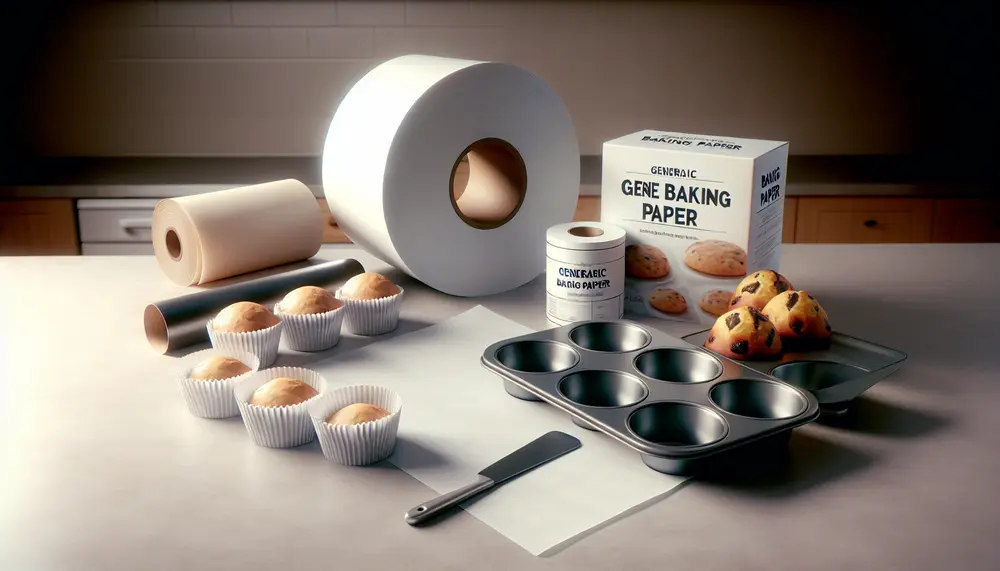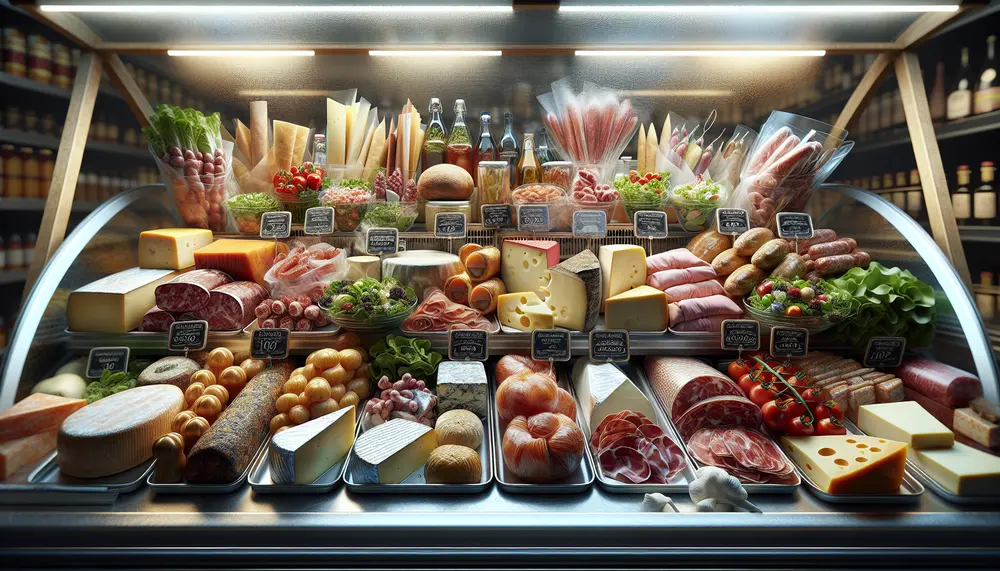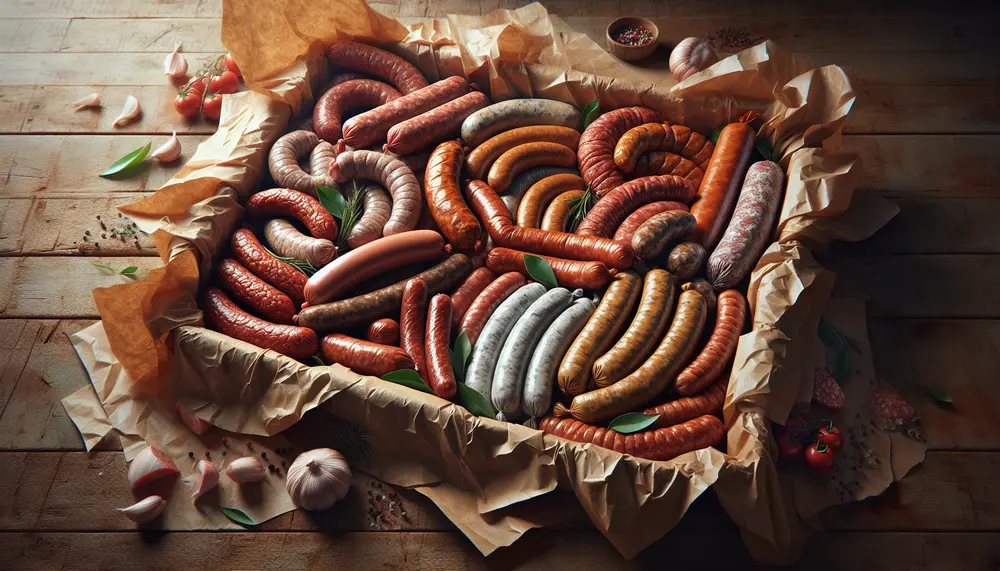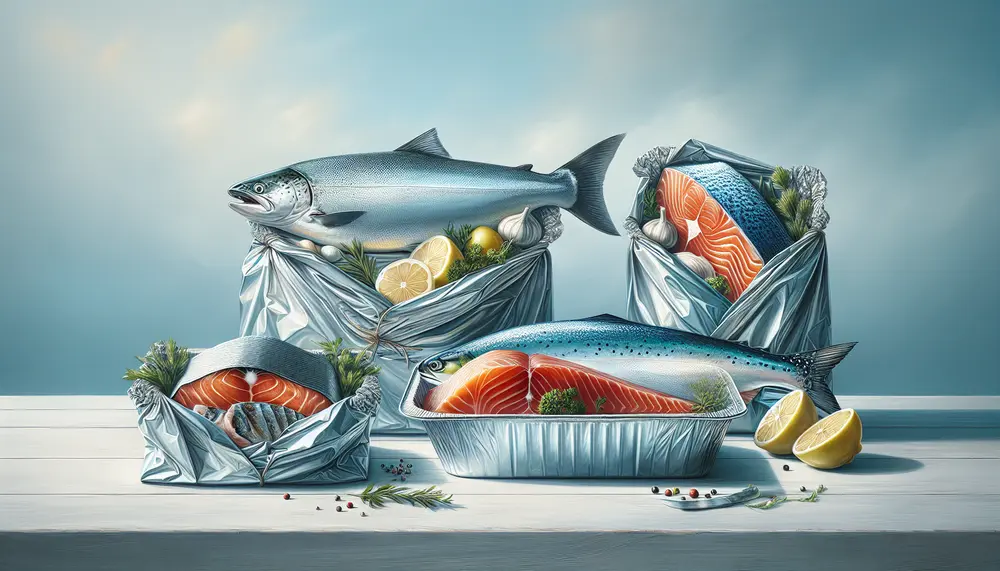Non-stick
Non-stick
Non-stick in Packaging
The term non-stick refers to a surface that prevents other materials from sticking to it. In the context of packaging, non-stick coatings are often used to ensure that products do not adhere to the packaging material. This is especially important for food items, as it helps maintain the product's quality and appearance.
How Non-stick Works
Non-stick surfaces are typically coated with materials like Teflon or silicone. These materials create a slick barrier that resists adhesion. When applied to packaging, they help keep the contents from sticking, making it easier to remove the product without damage.
Benefits of Non-stick Packaging
Using non-stick packaging offers several advantages. It helps in maintaining the integrity of the product, reduces waste, and improves user experience. For example, non-stick baking paper ensures that baked goods come out cleanly, without leaving residue behind.
Applications of Non-stick Packaging
Non-stick coatings are used in various types of packaging. Common applications include baking paper, cooking bags, and food containers. These products benefit from non-stick properties by ensuring easy release and reducing the need for additional oils or sprays.
Environmental Considerations
While non-stick packaging is convenient, it's important to consider its environmental impact. Some non-stick coatings can be harmful if not disposed of properly. Always check for eco-friendly options and follow recycling guidelines to minimize environmental harm.
Blog Posts with the term: Non-stick

Food grade papers are specialized materials designed for direct contact with food, manufactured under strict conditions to avoid contamination and comply with safety standards like those of the FDA. These papers vary in type—such as butcher paper, parchment, waxed, and...

Parchment paper is a versatile, non-stick baking essential that withstands high temperatures and simplifies cooking processes like en papillote. It comes in bleached or unbleached varieties, with the main difference being color due to chlorine treatment; both types offer similar...

Baking paper, or parchment paper, is a heat-resistant non-stick surface used in baking to prevent sticking and ensure even heating. Quality matters as high-quality baking paper can be reused, doesn't tear easily, and won't release harmful substances when heated. Wax paper...

Specialty paper for fresh counters is crucial in maintaining food quality, safety, and presentation; it absorbs moisture/oils, prevents germ spread, and can handle various temperatures. Choosing the right type involves considering food compatibility, thickness/absorbency, size/shape, sustainability, and compliance with regulations. Innovations...

Sausage paper is essential in the meat industry for protecting sausage quality by preventing contamination and spoilage, aiding in shaping during processing, and enhancing retail presentation. Different types of sausage paper cater to various packaging needs and can impact product...

Fish foil packaging preserves seafood quality by locking in flavor and moisture, protecting against contaminants, and is versatile for storage and cooking. However, it varies in material properties like thickness and food safety standards; sustainability-focused options are available but recycling...
